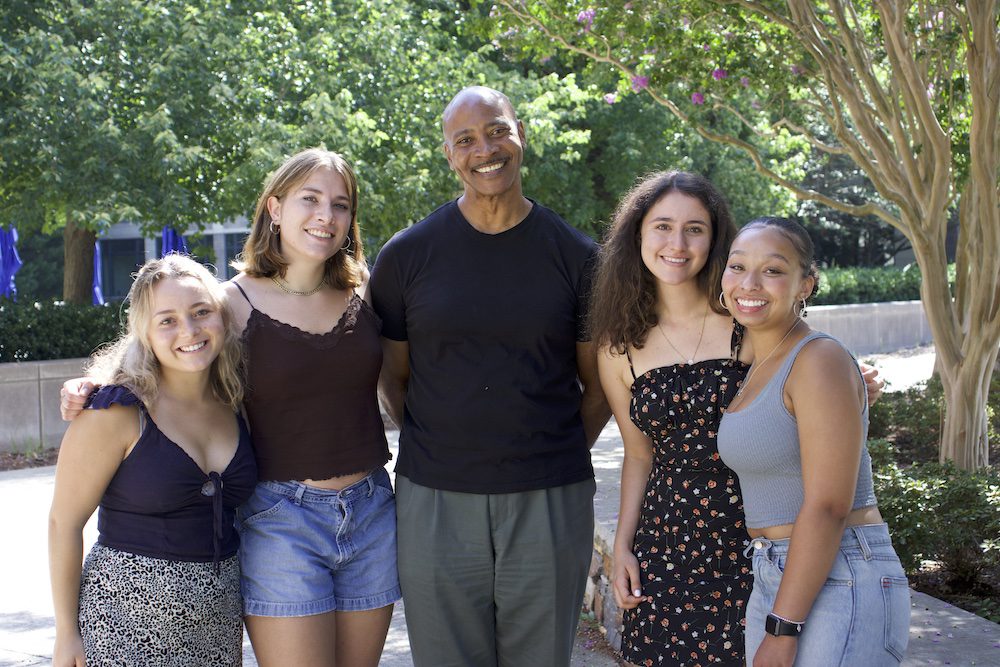By Lauren Milideo
Students at Duke University have stepped in to write news as regular media sources have disappeared.
“We're in a community where the local news outlet is a shell of what it once was,” said Phil Napoli, the James R. Shepley Distinguished Professor of Public Policy. “In this situation you have to rethink, what is your mission? It's about educating our students and training our students, but it's bigger than that. You have to think at that community level within the university.”
The student coverage of Durham is published in the 9th Street Journal and made available for free to Indy Week, a local independent news outlet.
Although Duke does not have a journalism major, student content comes from classes across the the Sanford School of Public Policy’s DeWitt Wallace Center for Media & Democracy, said managing Editor Alison Jones.
For example, an Advanced Reporting seminar is a core place where student stories come from, Jones said. Jones, a former reporter and editor, coordinates and edits the student work and ensures it meets journalism standards.
The seminar varies each time it’s taught, Jones said, with a current focus on courthouse coverage. Previous years’ work has focused on elections and other government topics.
This spring Bill Adair, the Knight Professor of the Practice of Journalism & Public Policy at Duke is focusing the course on covering local government and state government.
“Our partnership with Indy Week just gives (us) a whole broad audience for our work,” Adair said. “And they'll pick up most of our articles.”
Jones, who works as the liaison with Indy Week agreed.
“That's where our partnership with Indy Week is really nice,” Jones said, “because it does provide a supplement to local news coverage. And we're providing something that they value.”
 Adair also noted the partnership’s advantage to individual student journalists, whose work deserves a broader audience. “Can we do more? Absolutely. Too much good content is only seen by the professors,” Adair said. “And I realize this when I teach writing courses – that there's great journalism that our students are doing that never sees the light of day, and we should be doing more to get that published.”
Adair also noted the partnership’s advantage to individual student journalists, whose work deserves a broader audience. “Can we do more? Absolutely. Too much good content is only seen by the professors,” Adair said. “And I realize this when I teach writing courses – that there's great journalism that our students are doing that never sees the light of day, and we should be doing more to get that published.”
But Duke has taken a huge step forward in addressing that by hiring Jones with a focus to work with faculty and students to ensure their work meets journalistic standards and gets published.
Alumni of The 9th Street Journal are moving on to a variety of careers, both within and outside of journalism, Adair said. “When you look at where our where our students have gone, some have gone on and are reporters at The New York Times… we have one at the Chicago Tribune and we've got one at the Concord Monitor.” He added, “But then we have plenty of others who have gone into non-journalism careers and are doing cool stuff.”
Going forward, the program may incorporate more environmental reporting and a more data journalism-focused component, Jones said. “We have an adjunct professor here who's a reporter locally, and who's very good with data journalism, and he's interested in partnering with us to be the data lab for The 9th Street Journal. That's super-exciting. I'd love to get the students more experience with data analysis tools and using those kinds of analytics to dig a little deeper.”

